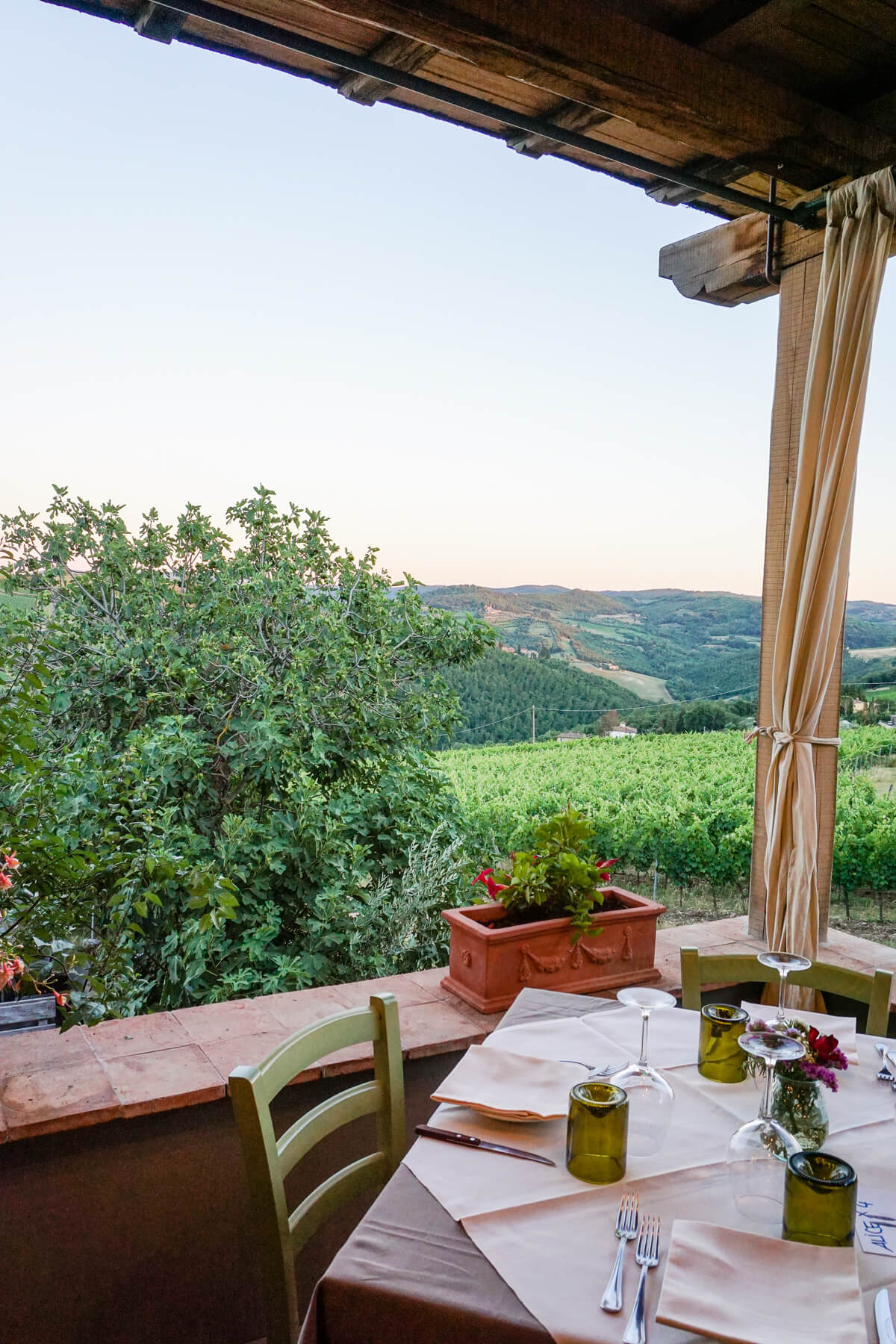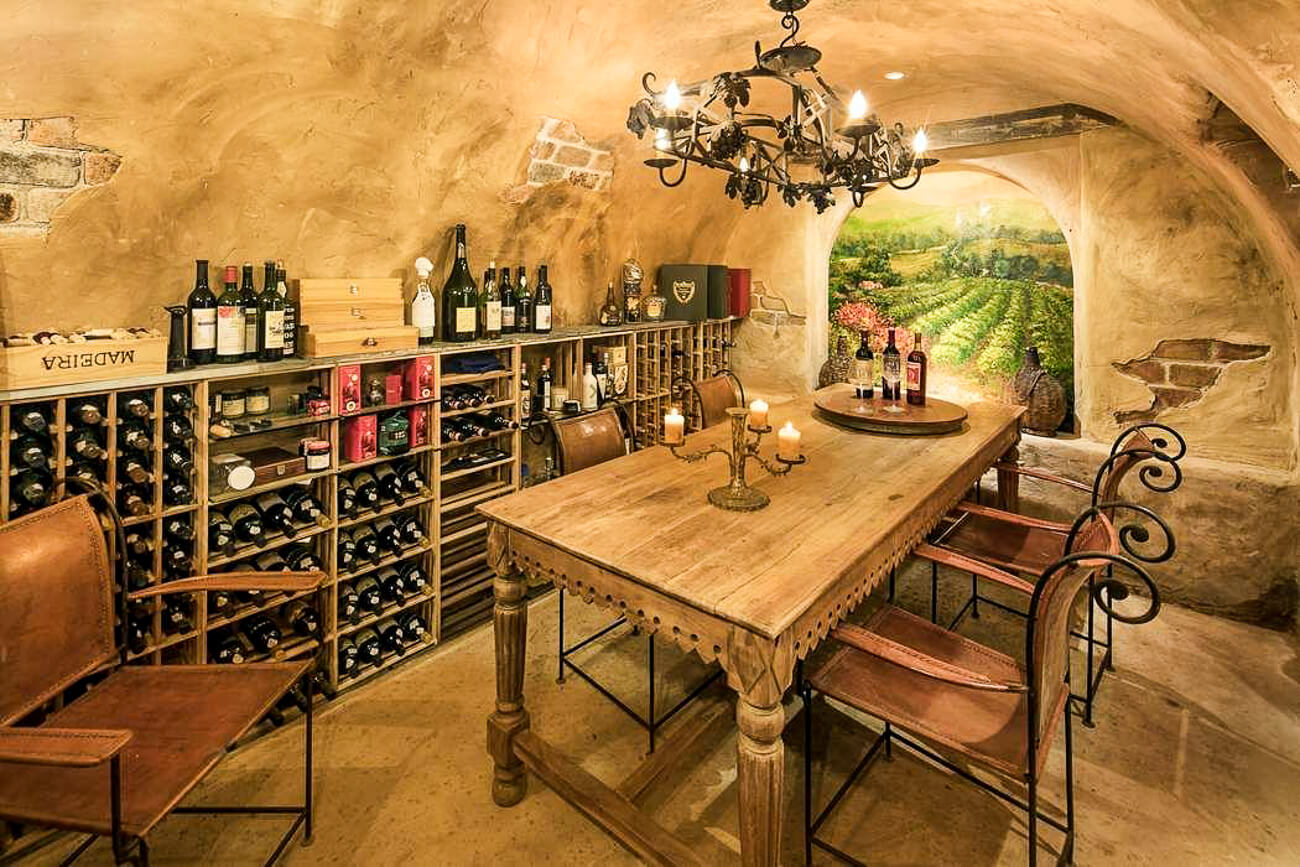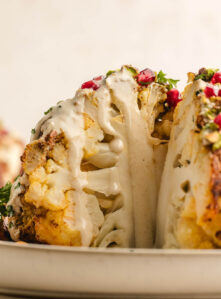Al Fresco Meaning in English vs. Italian
Al Fresco is a common dining term in English but doesn’t mean the same thing in Italian. Learn the differences before heading to an Italian restaurant.

Dining al fresco is a wonderful way to enjoy a meal in the great outdoors. There’s something about being surrounded by nature that makes the food taste even better. Whether it’s a picnic in the park, dinner on the patio, or a barbecue in the backyard, dining al fresco is a fantastic way to spend time with loved ones while enjoying delicious food.
One of the best things about dining al fresco is the ambiance. The fresh air, sunshine, and natural surroundings create an atmosphere that just can’t be replicated indoors. It’s the perfect setting for a romantic dinner or a fun gathering with friends.
What Does al Fresco Mean in English?
In the US, “al fresco” is often used specifically to refer to outdoor dining. Additionally, in the US, “al fresco” has become a widely recognized term for outdoor dining and is often used by restaurants as a marketing tool to attract customers during warmer months.
Where did this phrase come from? Well, as you’ll see below, it’s all about eating in fresh air. This makes sense to native English speakers, but it doesn’t translate perfectly in Italian.
What Does al Fresco Mean in Italian?
Meaning 1: Cool, fresh. Fresco translates to fresh, cool, and chilly. While outdoor dining could be fresh, cool, and chilly, it certainly is not during the hot summer months. Asking to dine al fresco in Italian would mean “dining in the cold.”
The phrase “al fresco” in Italy is commonly used for products that should be stored in a cool place, such as wine in a wine cellar. In this example, one might say, “il vino si conserva fresco, in cantina.”
Meaning 2: In prison. Saying that someone “è al fresco” is a tongue-in-cheek way of saying that they are in jail.
If you ask an Italian to dine “al fresco” they may have a chuckle at being asked to dine in jail.
What About Fresco Paintings?
Italian paintings are called frescos because they are painted directly onto freshly applied wet plaster. The word “fresco” means fresh.
This technique has been used since ancient times, but it became particularly popular during the Renaissance in Italy. Frescoes were often used to decorate the walls and ceilings of churches and other public buildings because they were durable, long-lasting, and could be very large in scale.
The colors would sink into the wet plaster, creating a vibrant and permanent image that would last for centuries. Many famous Italian artists, such as Michelangelo and Raphael, created some of their most iconic works as frescoes.
How to Ask to be Seated Outside in Italy

La Cantinetta di Rignana, Tuscany
When dining at an Italian restaurant, do not ask to dine al fresco, as this would be in the cold! Instead, you want to dine “all’aperto” (outside). The alternative is “all’interno” (indoors).
When in Tuscany, we recommending dining all’aperto at La Cantinetta di Rignana, above.
If you’d like to eat outside, try this, “Vorrei mangiare all’aperto”. This means, “I’d like to eat outside.”
Recipes to Enjoy al Fresco
Recap
While “al fresco” is a term we use in the US to refer to dining outdoors, it means fresh, cool, or cold in Italy. It can also refer to being in prison. When asking to eat outdoors in Italy or in Italian restaurants it’s best to use “all’aperto” rather than “al fresco.”











You travel to beautiful places, I hope I can go there too one day.